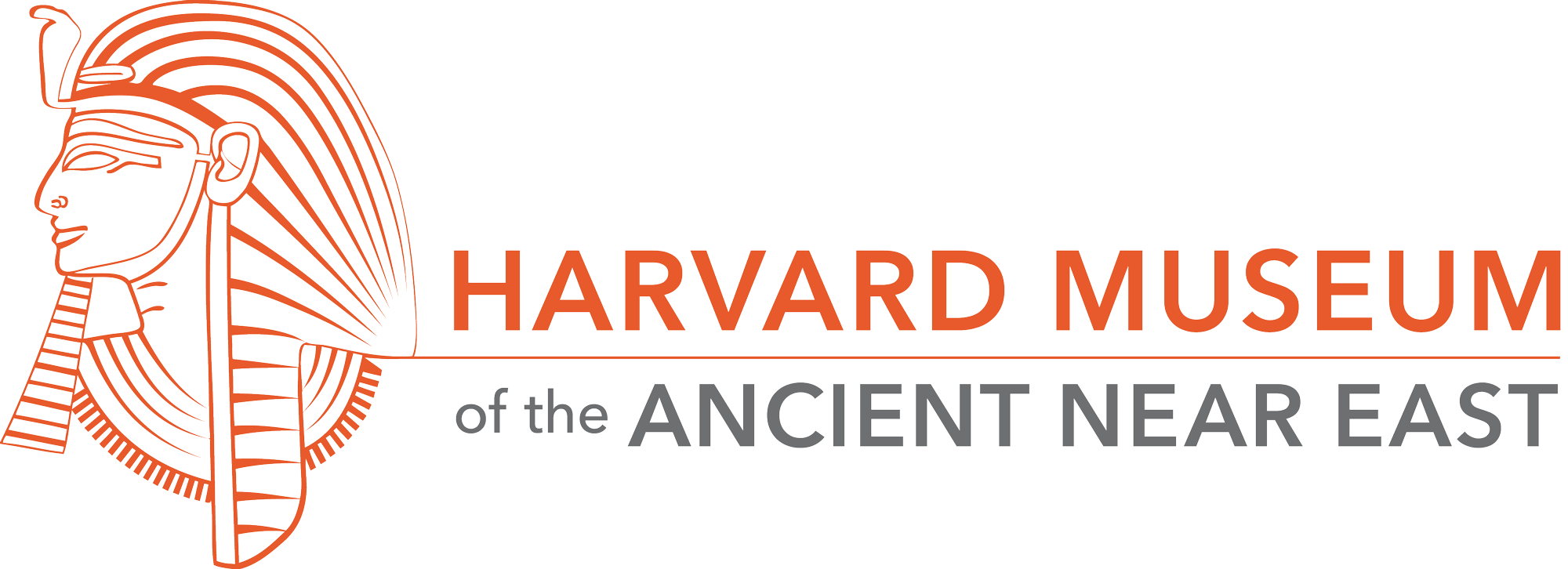2. House
What you see before you is a modern reconstruction of a late Iron Age village house, roughly the same date as the ship reconstruction you see behind you. These houses, commonly found in what is now the country of Israel, were usually built of sun-dried mud bricks set on rough stone foundations. The ground floor served as a stable, storeroom, and kitchen, while the upper floors were for eating and sleeping. In this house, there is even a small niche for storing the family’s religious statue. Most simple structures, such as this one, lacked indoor toilets, and so everyone went to the bathroom outside.
The household was the center of production and consumption throughout the ancient Mediterranean. Families members cooperated to grow their own food, make their own clothing, and provide other necessities of daily life. Surpluses could be traded in local marketplaces for any items the household could not produce for itself, like salt or iron tools.
Your next stop is #3. Look for it in the Agriculture case to the right of the house.
